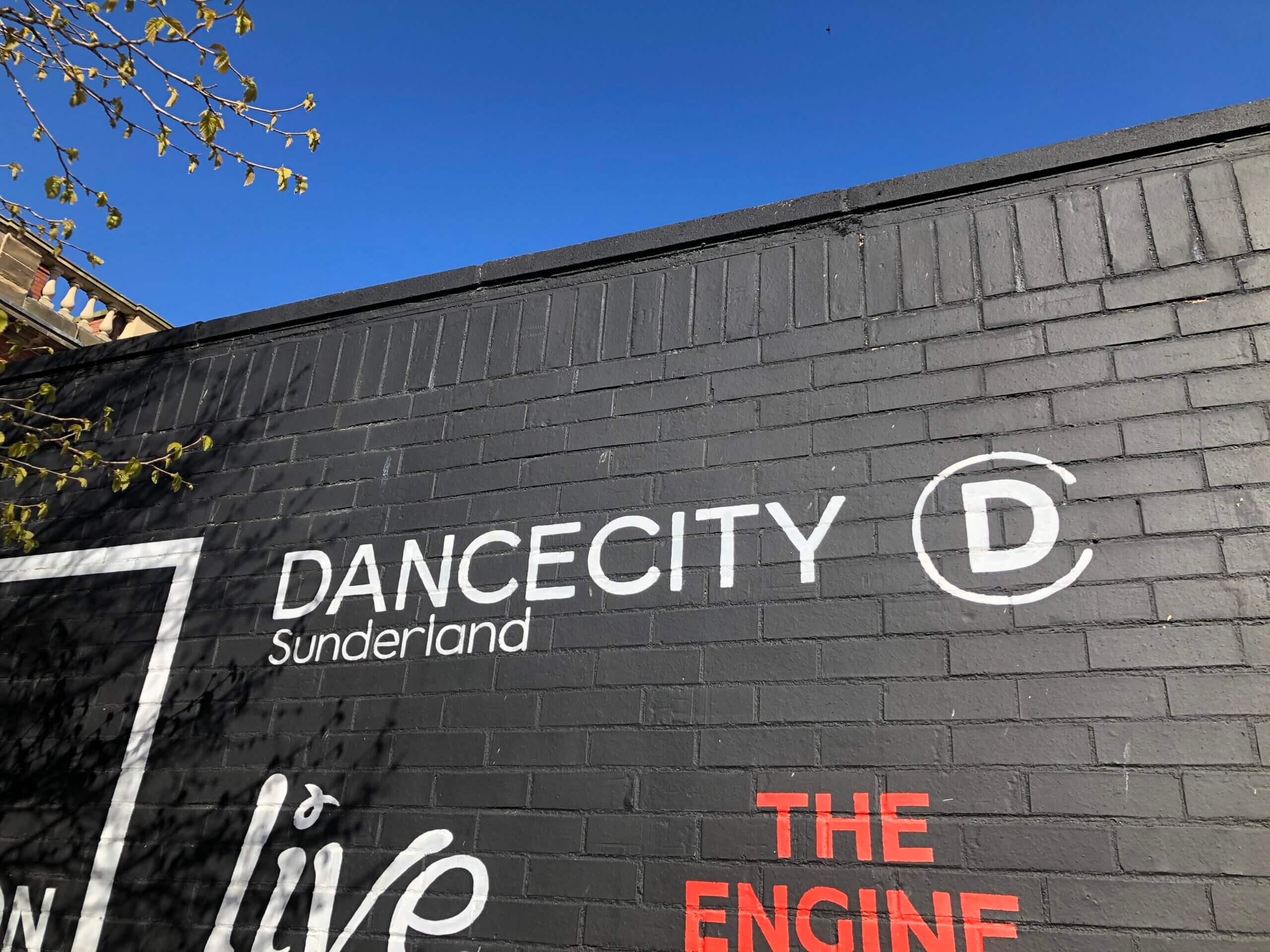Brooke Murphy explores how breaking earned itself a place at the biggest sporting show on Earth and how it has remained relevant in an ever-changing fashion scene since the 70s.

Image: B-girl Nat
B-girl Angel started out breaking almost 20 years ago in France. She admits that to begin, breaking did not appeal to her due to being such a masculine culture.
But after passing an audition to be a part of a majority male ‘crew’, b-girl Angel, 42, pushed herself to perfect even the toughest of breaking moves while b-boys sat back and laughed at her optimism.
Now, she feels the breaking culture has evolved and become mainstream. Since b-girl Angel started out, she has seen an increase of female breakers, an emphasis on winning battles and a wider social media presence. She fears that breaking could lose its community spirit.
Although she has broken plenty of rules – by being a late starter; by forging her path in a male-dominated culture and by still competing in her 40s – b-girl Angel admits she sticks to some firm rules of breakdance fashion.
“When I compete, I match my colours and there are some brands that I wouldn’t mix. No Adidas with Nike. Some people do not do it that way but originally b-boys and b-girls had to look fresh. Officially, it is part of the criteria, to be a good b-boy or b-girl, you have to know how to dress.”
Traditional hip hop fashion originates from hip-hop enthusiasts in New York City. Their adaptable clothing expressed uniqueness and creativity but was also functional allowing breakers to execute complex moves.
Rob Anderson, breaker and pro freelance dance artist, began his breaking journey at Dance City, aged just 15. Despite spending 14 years indulged in b-boy culture, Rob admits he has only now found his true style as he acknowledges that breaking is a prominent influence on the fashion scene.

Image: Dance City dance school in Sunderland
“I have been through different stages and it is only now I have found my style. When I first started it was about what I could afford and what was comfortable.
“The influence of hip-hop and breaking on fashion is huge. Most clothes I buy now are from the charity shop. In hip-hop, DJ’s will go ‘crate digging’. They dig through crates trying to find one track.
“For me this is like charity shops. If I go in and dig, I might find just one fresh thing. A DJ called Grandmaster Caz, said ‘hip-hop didn’t invent anything, but it re-invented everything’ and this relates to that. How can I take this charity shop item and make it fresh? That’s what I like to do.”
The breaking dance style was created, and named, in the 1970s by hip-hop pioneers in America, however, due to popularisation in modern society, is often referred to as ‘breakdance’.
Breakdance is a term created and used widely by the mainstream media and although Rob understands the reason behind the misuse of the term ‘breakdance’ in today’s society, he explains there is a stigma around using the term among the breaking community.
In 2020, it was announced by the International Olympic Committee that breaking will be an official sport at the 2024 Olympics in Paris.
But Angel is less certain about whether the biggest thing to happen in breaking in decades – entry into the Olympics – is a good thing.
Is global exposure for the sport she loves worth the loss of the “underground” culture she lives and breathers for?
“A breaker, a b-boy, or b-girl, is associated to be cool but to also be broke as it doesn’t give you a sustainable income. For something like this to be a part of the Olympics, means it is actually official, being taken seriously and will create paid jobs for people.
“But part of me in concerned about how something that used to be so underground is going to become the opposite.”
Despite being “really excited” about the chance to appear at the 2024 Paris Olympics, b-girl Nat admits breakdance culture is at least as much about fashion as it is competition.
And while Nat has realistic hopes of reaching Paris, she also knows that the rising profile of breaking – fuelled by its popularity on social media – could mean that battle becomes even harder in the next three years.
“I was really excited, even before it was officially announced, I wanted to train hard to work towards the possibility of representing the UK in the Olympics for breaking. It gave me an additional personal goal which motivated me to train even harder than I already was.
“Depending on your personality, seeing amazing breakers(on social media) can demotivate you to try harder because it seems so out of reach, but it can also motivate you to try to achieve what you see.”

Image: B-girl Nat
Along with Nat, b-girl Labyrinth has also expressed that she is “super excited” and believes breaking at the Olympics will encourage younger generations to compete. Although, she raises concern that the art form may be overlooked.
“I was super excited. I feel like this has been a long time coming. We will have younger generations aspiring to become Olympics athletes.
“This dance style will be shown to a wider audience, that is amazing to me. My hope for anyone watching is that the art form does not get lost for them.
“Yes, dancers can do incredibly acrobatic moves, but breaking is still an artform so showcasing all facets of this is important.”
For nearly 50 years, breaking has been prominent in society. Back on the streets of Brooklyn, who could have guessed it would end up leading fashion and be represented on a global scale at the biggest sports competition on Earth?
Even though concerns about how authentic breaking culture will remain after being featured in a worldwide event, breaking continues to have a firm grasp on the fashion industry, rise in popularity and continually challenge breakers in the community.
